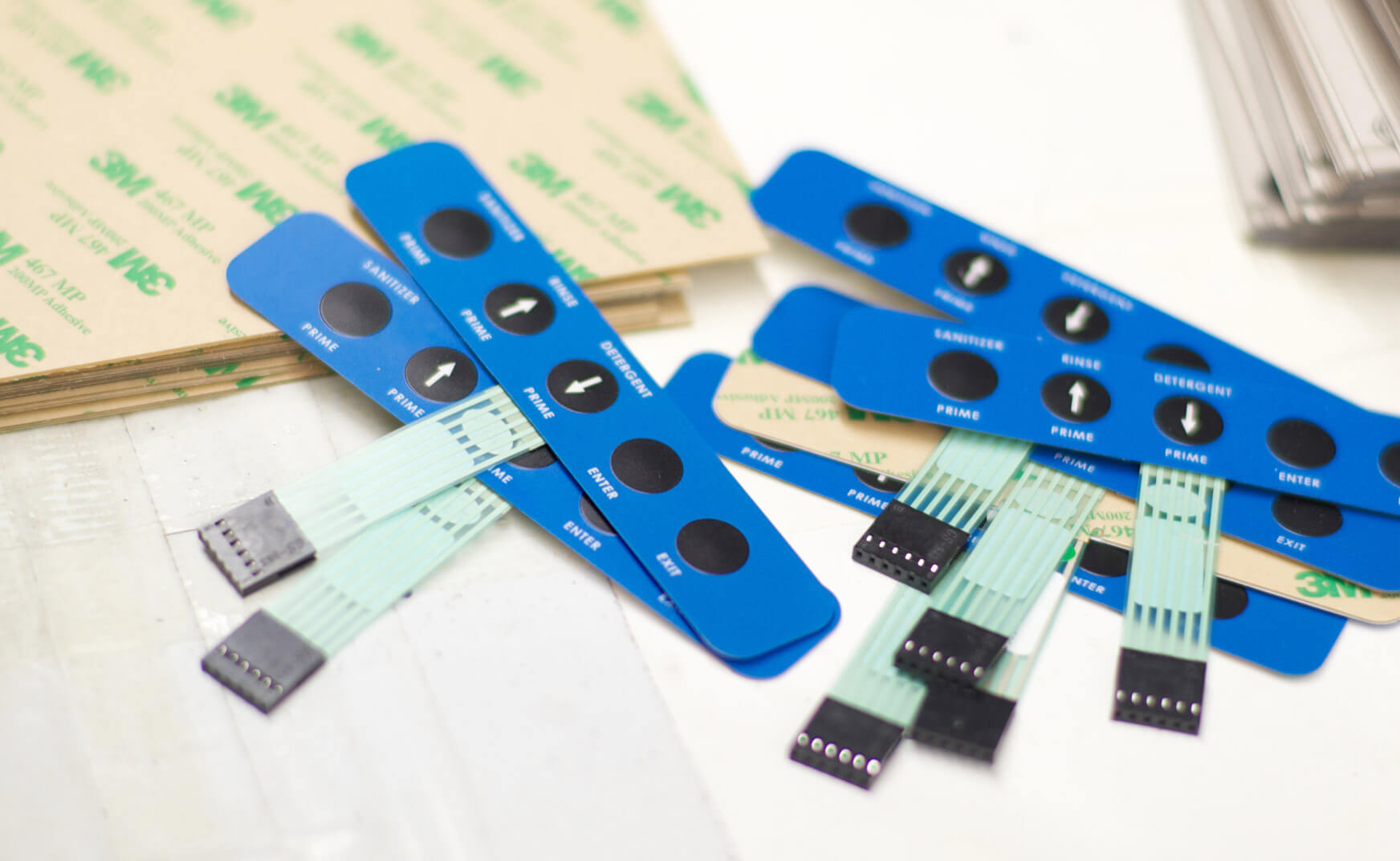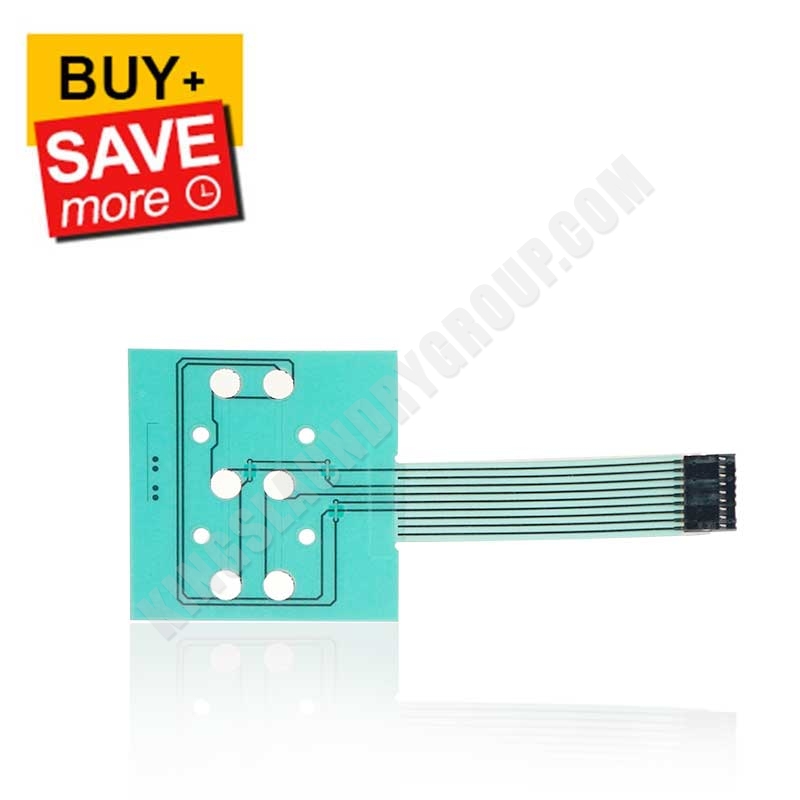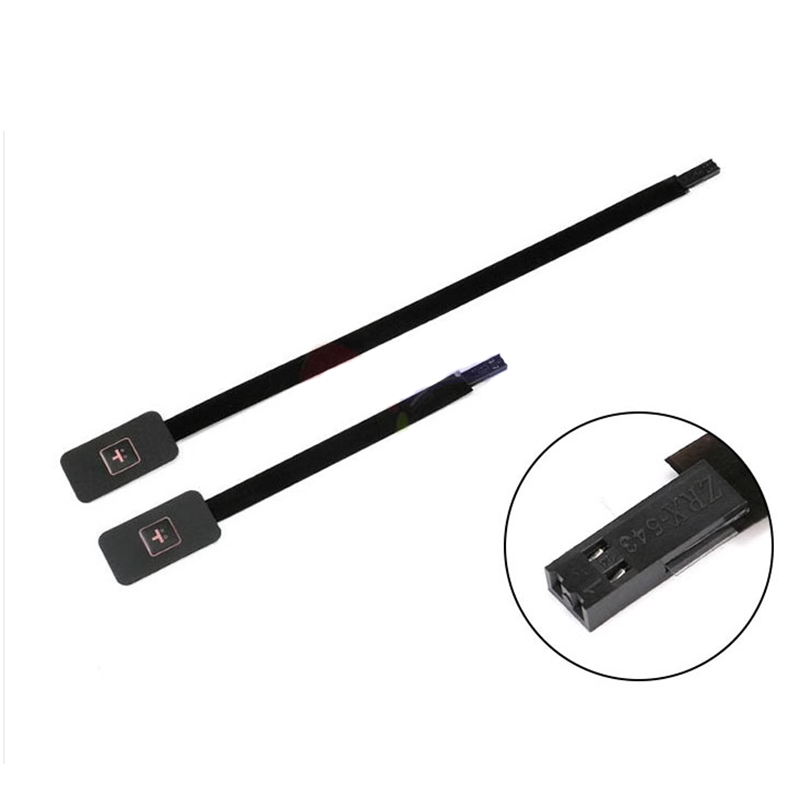How Membrane Switches Help with the Success of Connected Appliances
How Membrane Switches Help with the Success of Connected Appliances
Blog Article
Membrane Switch Over Innovation: The Trick to Trusted and Affordable Interfaces
Membrane switch technology has arised as a pivotal element in the layout of customer interfaces, offering both integrity and cost-effectiveness throughout a diverse variety of applications. As we discover the complex benefits of membrane layer buttons, their capacity for innovation elevates inquiries regarding future applications and advancing trends.
Understanding Membrane Change Innovation
Membrane layer switch modern technology is a commonly made use of interface remedy in various digital devices, using a smooth blend of performance and style. This innovation includes several layers of materials, generally consisting of a visuals overlay, spacer layer, and a circuit layer. The graphic overlay presents the interface aspects, while the spacer layer separates the circuit layer from the overlay until a customer triggers a switch.
When stress is used to the overlay, the circuit layer completes the electric circuit, sending out a signal to the tool. This mechanism permits numerous setups, including responsive responses and backlighting choices, enhancing user interaction. Membrane buttons are generally produced making use of sturdy products such as polyester or polycarbonate, making certain durability and resistance to ecological factors like wetness and dust.
The flexibility of membrane layer switches enables their application in varied sectors, including clinical tools, customer electronic devices, and commercial controls. Their portable style enables for integration right into space-constrained settings, giving an efficient customer interface without compromising visual allure. Recognizing the complexities of membrane layer switch technology is necessary for makers and developers looking for to produce reputable and effective human-machine interfaces.
Secret Benefits of Membrane Switches
While various user interface solutions exist, membrane changes deal unique advantages that make them a preferred choice in numerous applications. Among the primary benefits is their durability; membrane layer buttons are created to withstand rough environmental conditions, consisting of wetness, dirt, and temperature changes, making certain lasting efficiency. This strength considerably reduces the requirement for constant substitutes, thereby reducing total maintenance costs.

Additionally, membrane layer switches are lightweight and small, making them suitable for applications where space is limited. Their low-profile layout adds to a streamlined look without compromising functionality.
Cost-effectiveness is additionally a remarkable advantage, as the production procedure for membrane layer switches tends to be more economical compared to conventional mechanical buttons. This price, integrated with their integrity and ease of setup, positions membrane layer switches as a functional remedy for a wide variety of sectors looking for reliable and effective interface.
Applications Across Various Industries
Just how do membrane buttons adjust to the varied requirements of numerous markets? Membrane switch innovation is progressively acknowledged for its versatility, making it suitable for a broad variety of applications across numerous fields.
In consumer electronics, membrane switches give a small service for remotes and home appliances, enhancing individual experience through user-friendly design. Furthermore, the commercial sector leverages membrane switches for equipment control panels, profiting from their resistance to rough settings, such as wetness and dirt.
Army and aerospace applications also use membrane switches for their reliability and capability to endure extreme problems, ensuring operational performance in vital circumstances. The food and drink industry takes on these buttons for automated systems, where hygiene and simplicity of operation are vital (membrane switch). Eventually, membrane buttons are tailored to fulfill the unique demands of each sector, proving their vital function in modern technology user interfaces
Design and Personalization Choices

In the world of membrane layer switch technology, design and customization alternatives play a crucial duty in boosting performance and user communication. These switches can be tailored to fulfill particular operational requirements and visual preferences, making them versatile components in numerous applications.
One of the main customization alternatives is the format of the switch itself, which can be designed to fit unique individual interfaces and ergonomic considerations. By readjusting the form, size, and plan of switches, makers can create instinctive styles that help with convenience of use. Furthermore, the consolidation of various shades and visuals overlays permits for branding and improved exposure, making certain that individuals can promptly determine features.
Additionally, membrane buttons can be crafted with numerous tactile comments devices, such as increased switches or audible clicks, to enhance the individual experience. Different products can likewise be picked for durability and environmental resistance, addressing why not find out more elements such as moisture, temperature fluctuations, and chemical direct exposure.
Ultimately, the substantial layout and customization choices Read More Here offered in membrane switch innovation empower businesses to produce customized remedies that not only meet practical requirements yet likewise line up with their branding and functional requirements.

Future Fads in Membrane Layer Buttons
As membrane switch technology remains to develop, future patterns are increasingly concentrated on boosting user experience and incorporating sophisticated capabilities. One substantial pattern is the combination of touch-sensitive and capacitive technologies into standard membrane buttons. This growth permits for more user-friendly customer interfaces, offering tactile feedback while maintaining a streamlined style.
Another arising pattern is the use of environmentally pleasant products, driven by the expanding demand for lasting manufacturing practices. Suppliers are seeking to decrease their carbon impact by making use of recyclable substratums and low-impact inks, lining up with international sustainability objectives.
Additionally, the surge of the Net of Things (IoT) is triggering the consolidation of clever attributes into membrane buttons. Enhanced connection options will enable tools to communicate with each various other, enabling seamless combination into broader systems.
Additionally, advancements in printing technologies, such as digital printing, are allowing for better design flexibility and personalization. This enables suppliers to generate detailed styles and vivid colors cost-effectively.

Verdict
In verdict, membrane important source layer switch modern technology represents a vital advancement in individual interface design, supplying considerable benefits in resilience, customization, and cost-effectiveness. As developments continue to arise, particularly in touch-sensitive user interfaces and lasting materials, the possibility for membrane layer switches over to improve user experience and capability continues to be promising.
Report this page